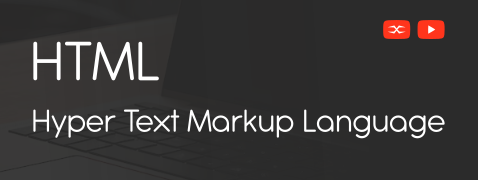
HTML
HTML Head
HTML Forms
HTML Graphics
HTML Media
HTML APIs
HTML Text Formatting
HTML has different elements to define text for several purposes.
Bold: The <b> tag is for displaying text in boldface style and is closed with the </b> tag.
Strong: The <strong> tag is for displaying significant text and is closed with </strong> tag.
Italic: The <i> tag is used for showing text in italic style and is closed with the </i> tag.
Underline: The <u> tag is used to underline text and is closed with the </u> tag.
Superscript: The <sup> tag is for displaying text as superscript and is closed with the </sup> tag.
Subscript: The <sub> tag is for displaying text as a subscript and is closed with the </sub> tag.
Example
The following HTML code will display text in different formatting.
<big> and <small> Tags
The <big> and <small> tags change the relative size of text with the surrounding text. <big> tag makes the text slightly large, while the <small> tag makes the text small.
However, different browsers display the impact of these tags differently. In Internet Explorer, text formatted with a <big> tag is always one size larger than the surrounding text. The tag has no effect if the size of the surrounding text is 7. The text formatted with <small> tag is one size smaller than the surrounding text. The tag has no effect if the size of the surrounding text is 1.
Example
Preformatted Text
This tag is for displaying the text as the user has typed. HTML ignores extra line breaks, and the text appears in a single line. The <pre> and </pre> tags enclose the text.
Example
In the following example text will occur in a single line. The text appears in a single line as HTML ignores extra line breaks.
The following example will display the same text as written in the HTML <pre> tag.
<del> and <mark> Tags
The <del> tag gives the text a strikethrough appearance that draws a horizontal line across all the text in the tag.
The <mark> tag specifies text that should be highlighted.

